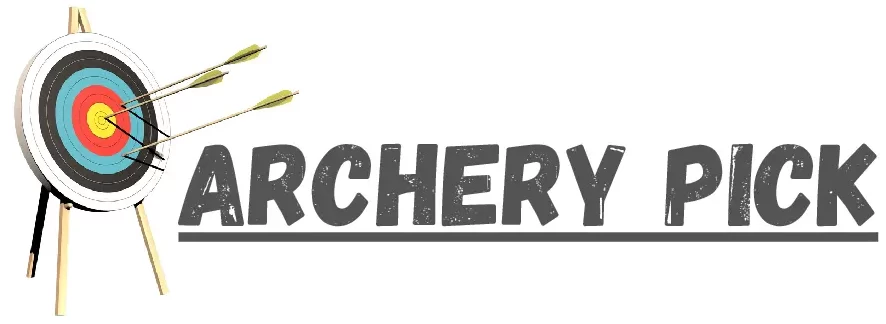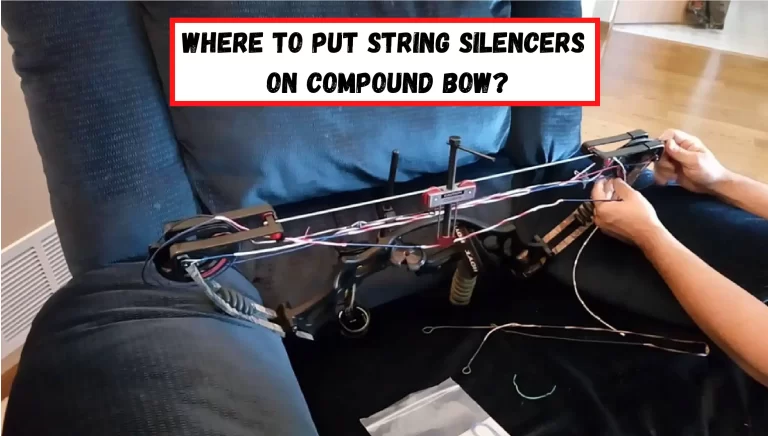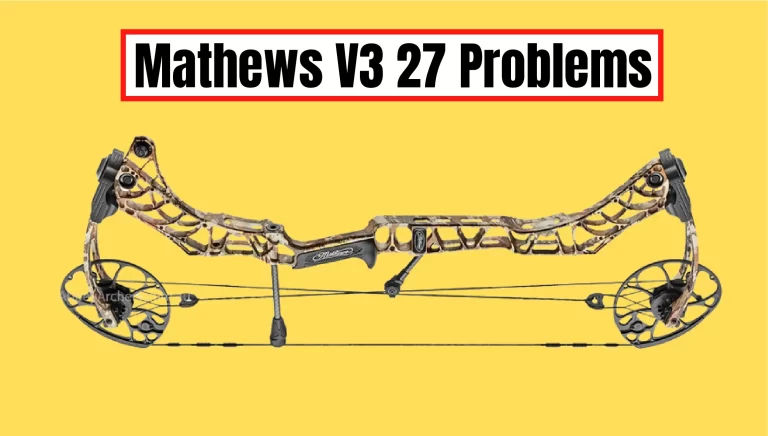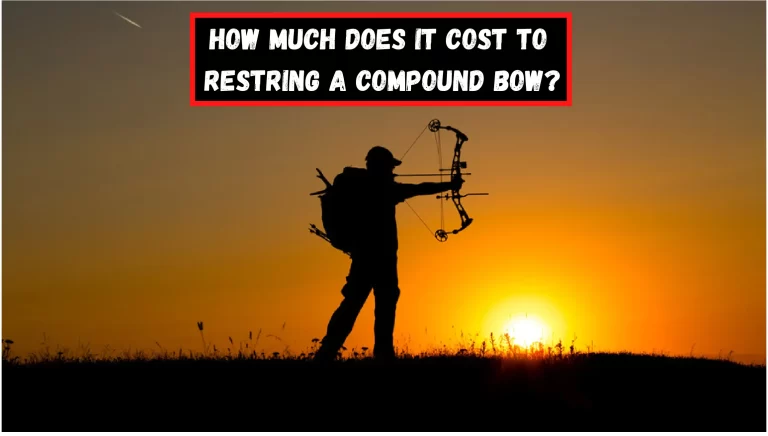How Long Can You Leave a Crossbow Drawn? – [Helpful Guide]
"As an Amazon Associate, I earn from qualifying purchases. This post contains affiliate links"
Crossbows are one of the most powerful pieces of equipment in human history. They were invented over two thousand years ago and have been used in warfare, hunting, and target practice ever since.
A crossbow is a device that consists of a bow mounted on a frame with a string connecting the two ends. The bow is drawn back using a handle or lever, which increases the tension on the string and causes the arrows to be fired with more force. But the question is, how long can you leave a crossbow drawn?
The amount of time that you can leave a crossbow drawn varies depending on the type of crossbow, the draw weight, and the type of string being used. For example, a standard recurve crossbow with a 150 pound draw weight can be safely drawn for up to 12 hours without damaging the bow.
However, if you are using a heavier crossbow with a higher draw weight, you may only be able to safely draw it for a few hours before damaging the bow.
You Might Also like to Read: Does Horse Archery Affect Crossbows? – [Effective Guide]
Additionally, if you are using a weaker string, such as one made of hemp or jute, it is recommended that you only draw the crossbow for a few minutes at a time to prevent the string from breaking.
There’s a lot more to learn when it comes to handling crossbows safely. If you’re interested in learning more, be sure to read this article to the end!
How Does a Crossbow Shooting Mechanism Work?
Before going out any further, we would like to tell you a bit about the working principle of a crossbow. In order to get a better understanding, think of it as a bow that is stretched horizontally.
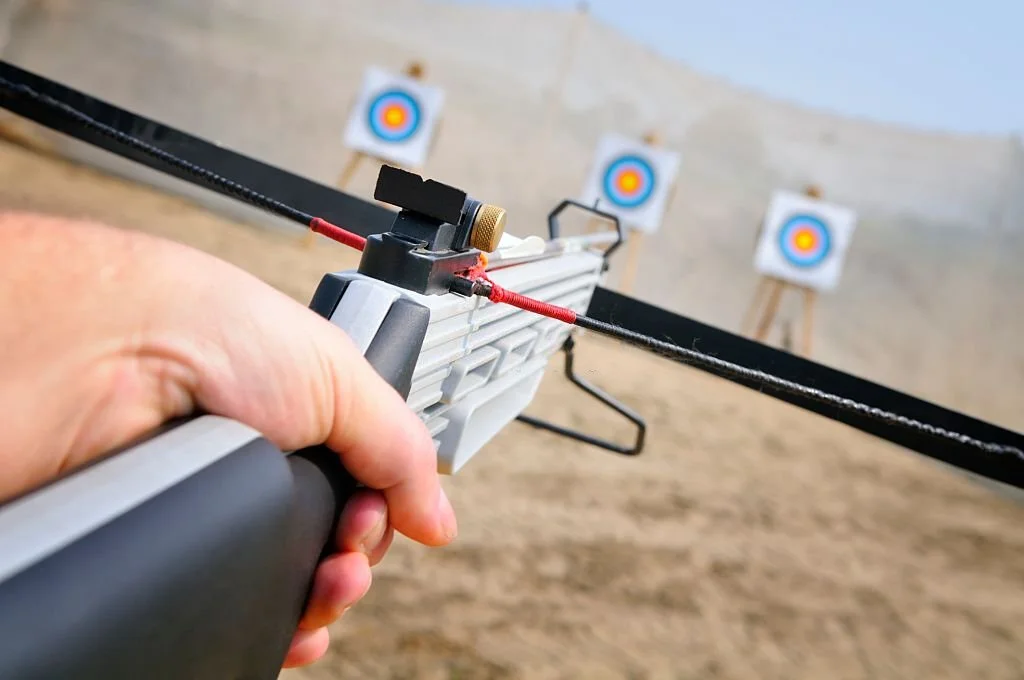
The mechanism works in the following way; you pull the string back with all your might using a trigger. This action causes immense pressure to be exerted on the arrow. When you release the trigger, this tension is suddenly released and drives the arrow forward with great force.
This is the basic mechanism, but there are many different types of crossbows that work in slightly different ways. For example, some crossbows have a separate trigger that must be pulled in order to cock the bow, while others have a lever that can be used to do this.
There are also different types of strings that can be used, such as those made of hemp, jute, or Kevlar. Each type of string has its own advantages and disadvantages, so it’s important to choose the right one for your needs.
What Are the Different Types of Crossbows?
There are many different types of crossbows available on the market, each with its own advantages and disadvantages. The most common types are recurve, compound, and pistol crossbows.
Recurve crossbows have a simple design and are easy to use. They are also very popular because they are relatively inexpensive. However, they are not as powerful as other types of crossbows and can be more difficult to cock.
Compound crossbows are more expensive than recurve crossbows, but they are also more powerful. They have a complex system of pulleys and cables that increase the tension on the string, making them more difficult to cock.
Pistol crossbows are the smallest and most portable type of crossbow. They are easy to use and can be very powerful, but they have a shorter range than other types of crossbows.
Point to Pounder: Crossbow takes much longer to reload as compared to regular compound bows. This is because of their massive bulk, weights and size. But they offer double the power of the compound bows.
What Are the Different Parts of a Crossbow?
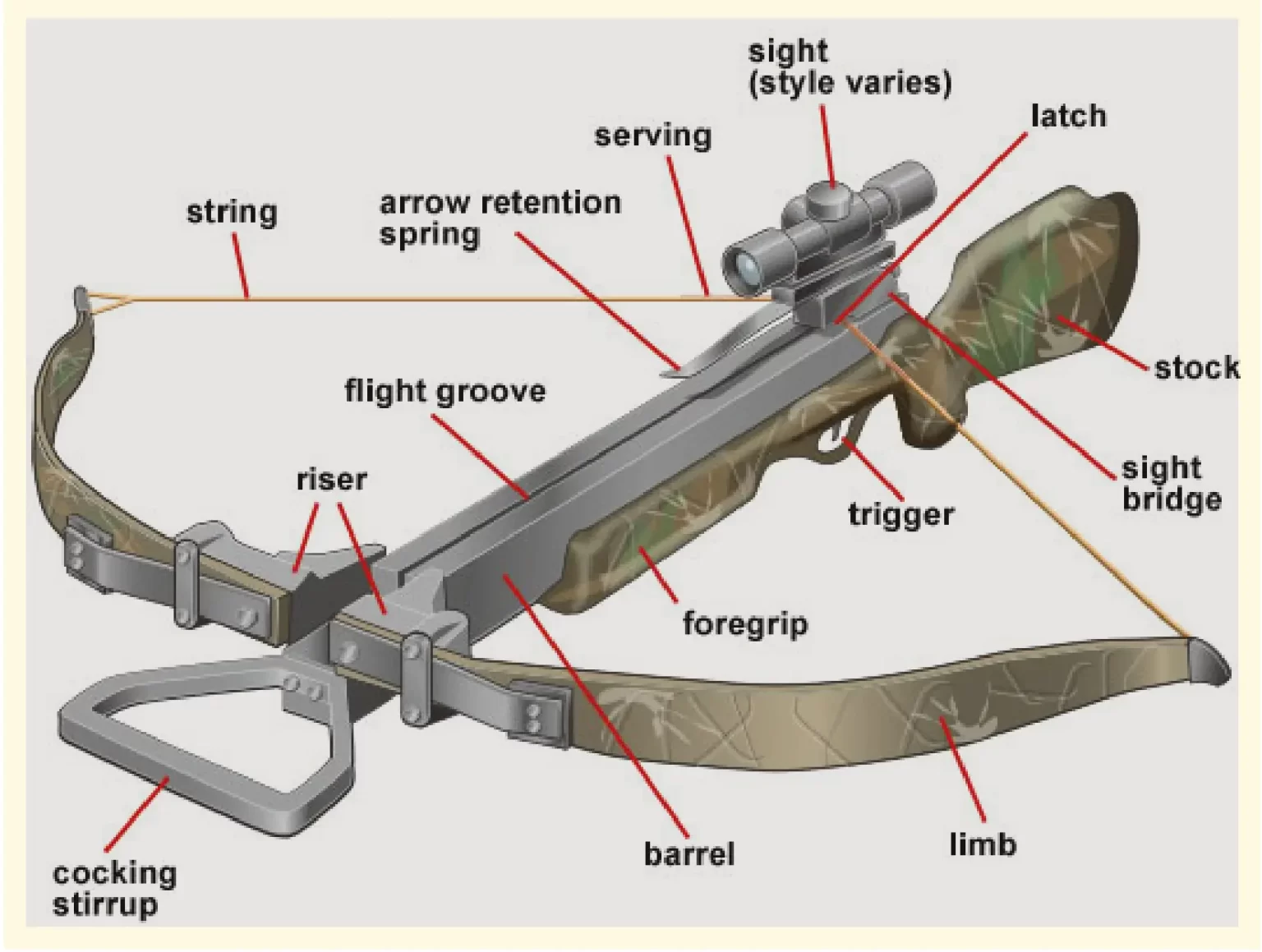
There are many different parts of a crossbow, but the most important ones are the bow, the frame, the string, the trigger, and the arrows.
Bow and Frame
The first thing is the bow and the frame of the crossbow. It depends on what sort of crossbow you are using. Broadly, the three types of crossbows we talked about earlier have different designs.
Recurve crossbows have a simple design with a single piece of wood or metal that forms the bow. Compound crossbows have a more complex system of pulleys and cables that increase the tension on the string. Pistol crossbows are the smallest and most portable type of crossbow.
String
The string is one of the most important parts of the crossbow. It is typically made of hemp, jute, or Kevlar. Each type of string has its own advantages and disadvantages, so it’s important to choose the right one for your needs.
Trigger
The trigger is what you use to cock the crossbow and release the arrow. There are many different types of triggers, but the most common ones are single-stage and two-stage triggers. Single stage triggers are easier to use, but two-stage triggers are more accurate.
Arrows
Crossbow arrows are made of wood, aluminum, or carbon fiber. They typically have a metal tip that is pointy and sharp. The length and weight of the arrow depend on the type of crossbow you are using.
Interesting Facts: Crossbow arrows are small as compared to regular arrows. They are called bolts and a regular bold weighs around 350 grains.
How Long Can You Leave a Crossbow Drawn?
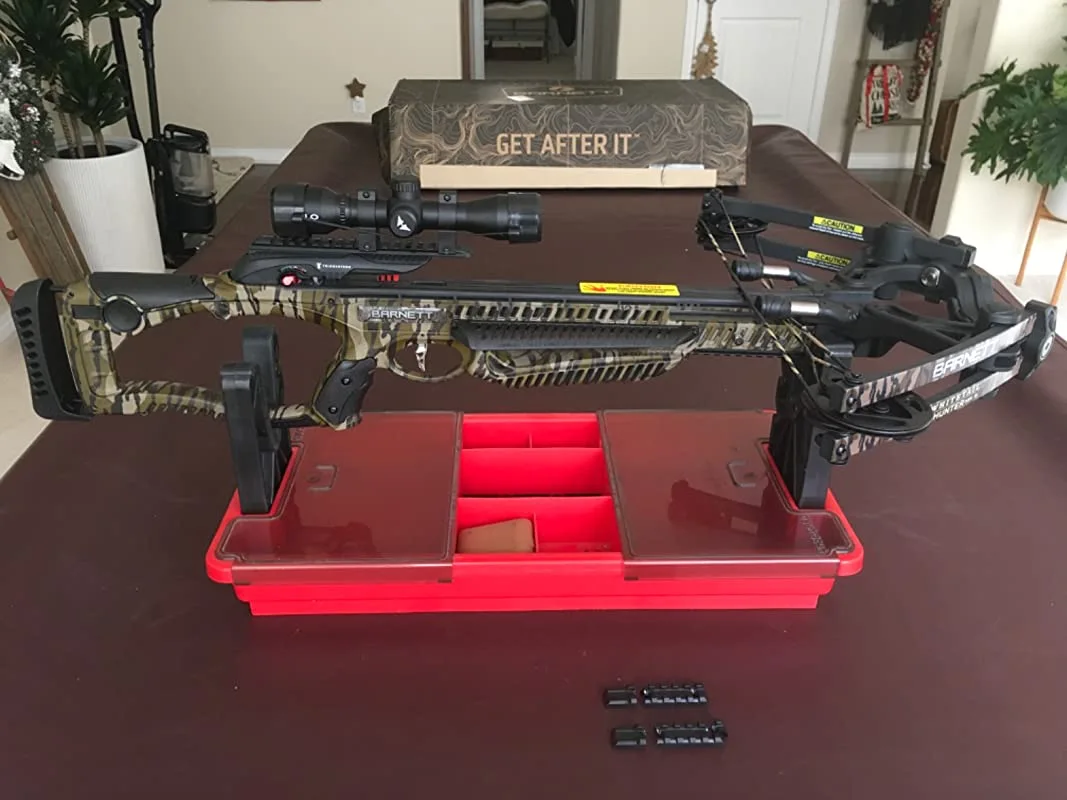
Now that you’ve learned about the different types and parts of a crossbow let’s discuss the time duration that you should ideally keep a crossbow drawn.
For practice, it is perfectly fine to leave your crossbow drawn for as long as you want. Just be sure that you have a good grip on it so that it doesn’t fall and hurt someone.
For hunting, however, you should only keep the crossbow drawn for as long as necessary. If you are taking a long shot, you may need to keep the crossbow drawn for several minutes. But for shorter shots, you should only keep the crossbow drawn for a few seconds.
When you are not using the crossbow, be sure to unstring it. This will prolong the life of the string and make it easier to string the crossbow when you are ready to use it again.
Hazards of Leaving a Crossbow Cocked for a Long Time
Leaving your crossbow cocked for a longer duration is never a good idea. Not only is it unsafe for you and your surroundings but it is also not safe for your crossbow itself. There are so many risks involved in leaving the crossbow cocked for a long time.
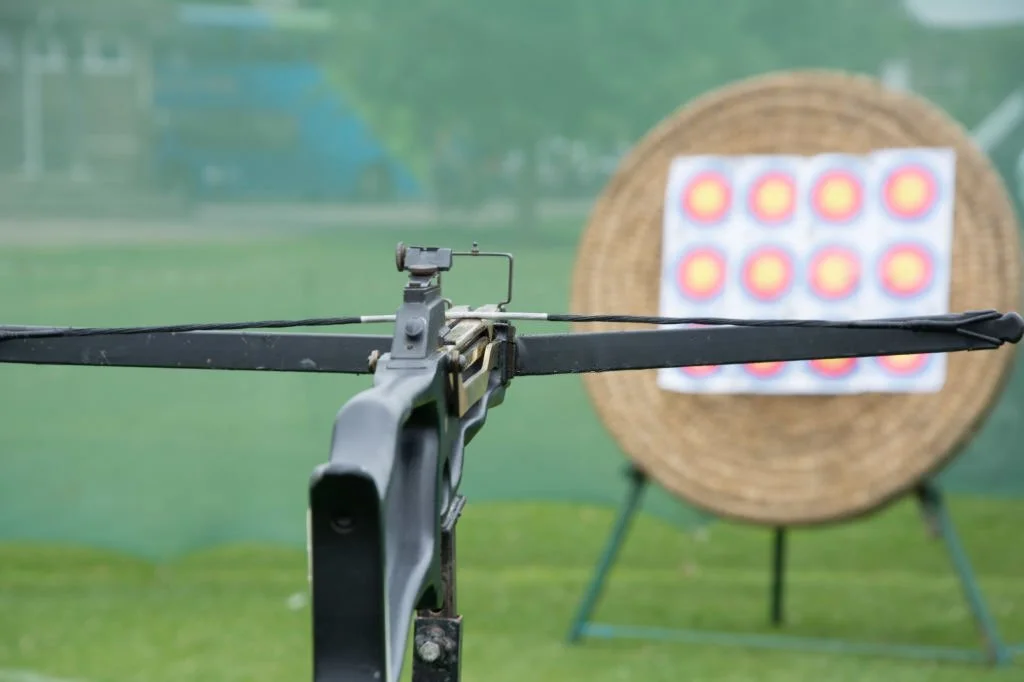
First of all, crossbows don’t have sophisticated locking mechanisms therefore, they aren’t very trustworthy as compared to guns. If you cock your crossbow and leave it unattended, there is a very high chance that it might go off accidentally and cause serious injury to someone.
Another hazard of leaving a crossbow cocked for a long time is that it puts unnecessary strain on the bowstring. This can lead to the bowstring breaking suddenly, which can be extremely dangerous.
Finally, leaving a crossbow cocked for a long time can also damage the crossbow itself. The constant tension on the bow can cause the bow to warp or the limbs to crack. For all these reasons, it is always advisable to cock your crossbow only when you are ready to use it and to un cock it as soon as you are done.
Last Minute Thoughts!
A crossbow is a very powerful and useful tool, but it is also very dangerous. It is important to be careful when using a crossbow and to always follow safety precautions. Crossbows should only be used by adults or supervised by adults.
Children should never use a crossbow unsupervised.
In this article, we discussed one of the most important topics i.e. how long can you leave a crossbow drawn? We hope after reading this article, you will have to learn some useful and interesting stuff.
Please don’t forget to share this article with your friends and family because sharing is always caring!
Related Posts:-
- What Describes The Latch On A Crossbow?
- Is a Crossbow Considered a Firearm?
- How Fast Does An Arrow Travel From A Crossbow In Miles?
- How Many Feet Per Second Does A Crossbow Arrow Move?
- How to Restring a Barnett Crossbow Without a Bow Press?
- How Should A Hunter Safely Unload A Crossbow?
- What Are The Two Most Common Types of Crossbows?
- How to Aim Crossbow Elden Ring?
Thank You For Reading!
